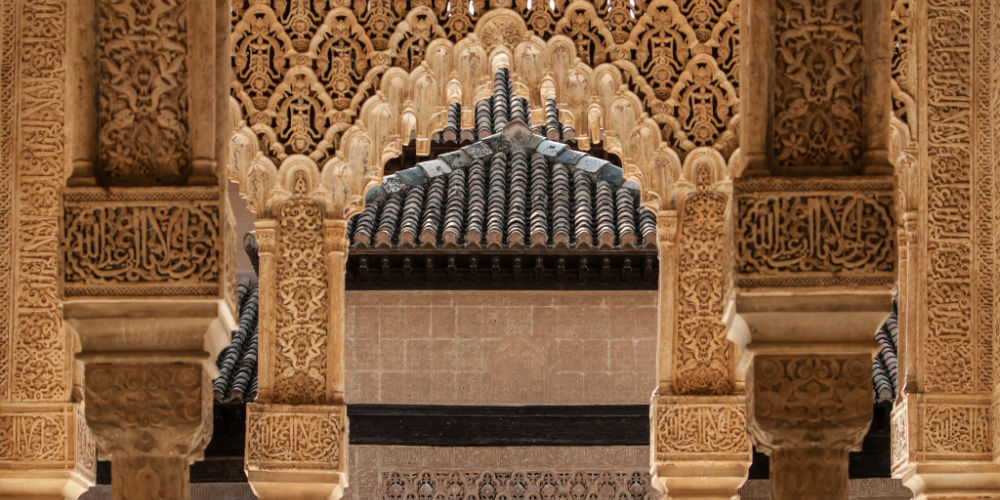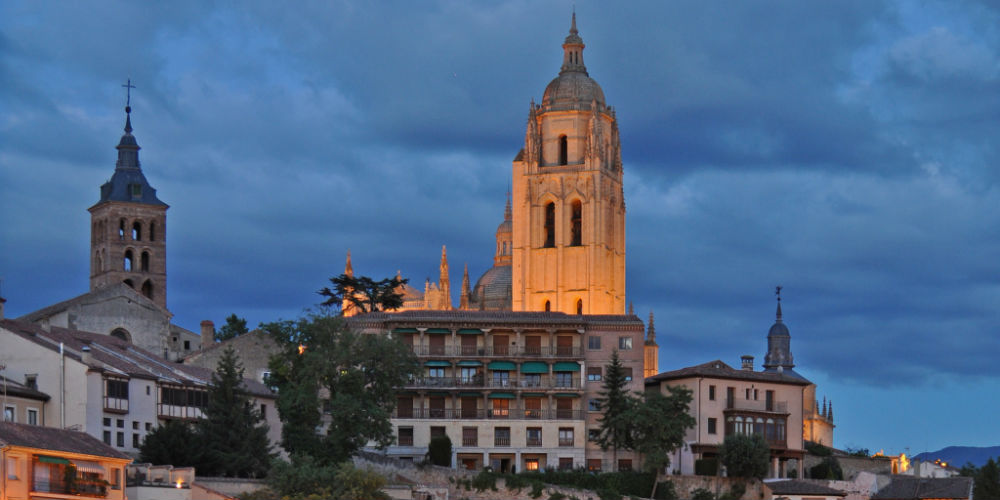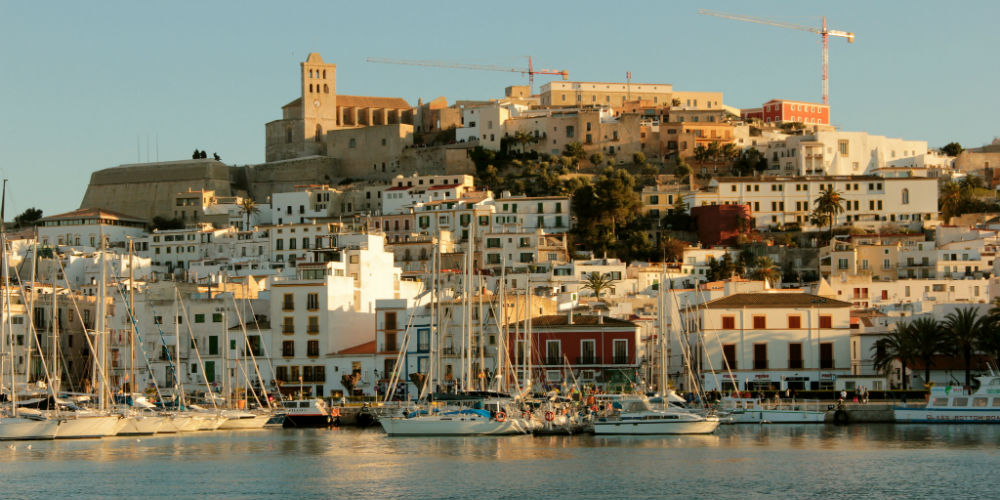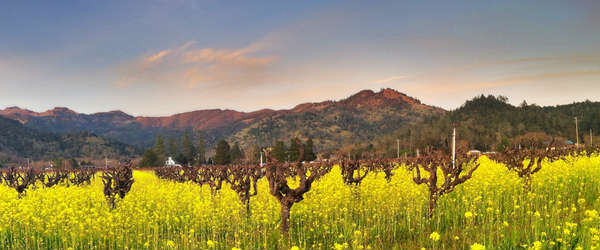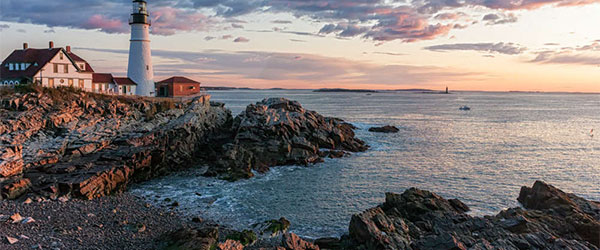Nestled amid the rolling hills of northern California between San Francisco and Sacramento, Napa ...
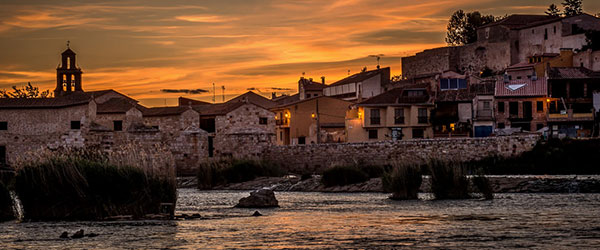
Spain’s rich history, scenic landscapes, and vibrant culture have made it a popular destination for tourists around the globe. Occupied by a succession of distinct cultural groups – from the Iberian Peninsula’s earliest inhabitants to the Romans, Moors, and later the Catholic Monarchs, Spain’s most famous landmarks are a testament to this diverse array of cultures. The country is home to several UNESCO World Heritage Sites, some of which rank among Spain’s most famous places.
1. Alhambra
The city of Granada in Andalusia is home to the Alhambra, Spain’s most iconic landmark. Originally built around 889 AD, this fortress and onetime royal residence was reconstructed in the thirteenth century, with some of its most prominent features dating from the later Middle Ages. After the Catholic Monarchs reconquered Spain from the Moors in the late fifteenth century, the complex’s décor was modified to suit their tastes and preferences. Interestingly, a palace for Charles V, the Holy Roman Emperor, was built on the complex, although the monarch in question never actually lived there. Today, the palace stands as a museum. Other highlights include the “Patio de los Leones”, named for the intricately designed lions that adorn its courtyard, and the architecturally distinctive Moorish bathhouses.
2. Old Town of Segovia and its Aqueduct
North of Granada is the city of Segovia, in Castile-Leon. Segovia’s Old Town is home to a significant number of well-preserved structures built in various architectural styles spanning hundreds, if not thousands of years. Although the Gothic cathedral is noteworthy as the last one in Spain built in the style popular throughout the medieval era, Segovia’s most treasured landmark is the Roman aqueduct, built in 50 B.C. and a remnant of a bygone time. Formerly used to transport water into the city, this engineering marvel still stands as a testament to the Romans’ power and influence over the Iberian Peninsula.
3. Cave of Altamira
In northern Spain, the caves of Altamira could easily be referred to the world’s oldest art museum. These geological formations beneath Earth’s surface are home to many remarkably well-preserved engravings and paintings, all at least 13,000 years old, with the oldest artwork in the cave’s walls as old as 22,000 years old. Although the images carved and painted by the cave’s inhabitants are rather simple, such as depictions of horses, bison, deer and human hands, there are techniques used by the prehistoric Picassos in question that are worth noting. The artists designed their images to contrast with the surrounding natural rock formations.
4. Ibiza, Biodiversity and Culture
Another must-see UNESCO World Heritage Site can be found on the island of Ibiza off Spain’s eastern coast. World-renowned for its trendy nightclubs, Ibiza is also home to a diverse array of plant and animal life, as well as remnants of the island’s place as a trade center for ancient Mediterranean civilizations. The Posidonia seagrass growing off Ibiza’s shores makes it a haven for a variety of species from both the coastal and marine ecosystems, while the settlement at Sa Caleta is a must-see for history lovers. This fascinating archeological site is home to several findings which highlight the important role that Ibiza played as a trade center for the Phoenicians and Carthaginians.
5. San Cristóbal de La Laguna
The Canary Islands are a Spanish territory off the coast of Africa, home to sunny beaches, mountain landscapes, and colonial heritage. On the island of Tenerife, the city of San Cristobal de La Laguna is home to a cathedral and several historic homes. One of the most historic buildings in San Cristobal is the sixteenth-century Casa de Lercaro, which now houses a museum.
— — —
Cover photo © Luis Ascenso


Located in the middle of Times Square, the property's rustic, yet stylish decor will bring travelers back in time.
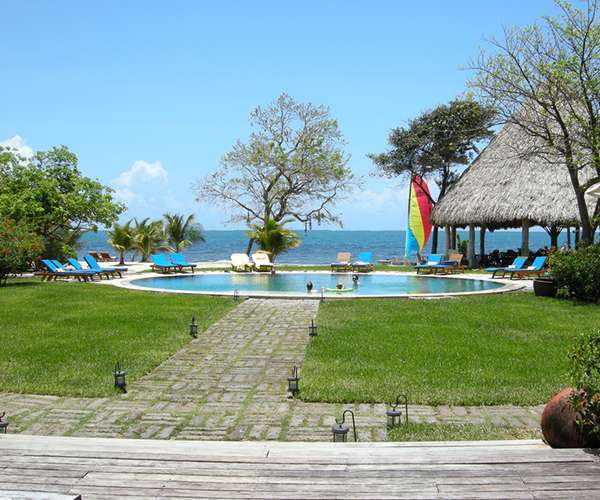

Nestled on the Belizean coast, overlooking the Caribbean Sea, escaping the mundane will be a breeze.


Contemporary decor runs throughout this modern property, quaintly nestled adjacent to Central Park.


Set oceanfront, on the famed Huntington Beach, travelers can experience the laid-back Californian lifestyle, in comfort.
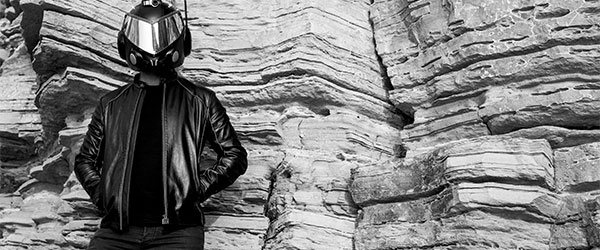

EJ is the exclusive and mysterious resident DJ for the global entertainment brand and race championship, Formula E, as well as one of the ...






